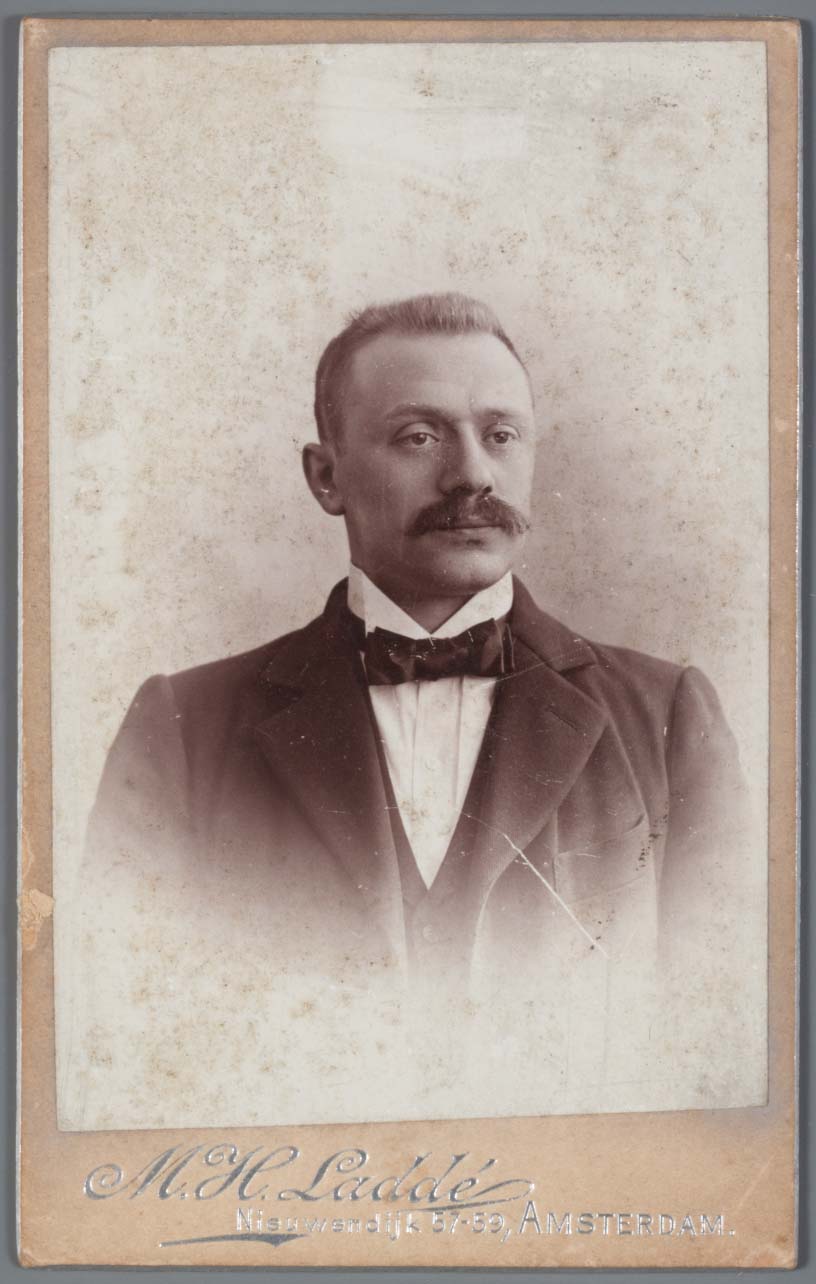Polak emerged as the strategist of the ANDB. He envisaged a professionally organized union, modelled after the British trade unions. Members would pay high dues to provide for ample strike funds and to appoint paid board members, who would devote all their time to union causes. Because of those dues, members knew they would receive benefits during strikes, lock-outs, sickness, invalidity, and unemployment.
During these early years all union officers worked hard to forge unity among the ANDB members. The ANDB weekly, edited by Polak, was an important cohesive force. In addition to trade union news and news about the diamond trade, it featured ‘edifying articles’ by Polak about art, literature, correct spelling, and healthy lifestyle. Ensuring the success of the union meant that everybody had to join, and the closed-shop system was therefore enforced among the jewellers: those who did not join would not have work. In addition, a hotly contested decision was taken not to train new apprentices for the time being to restrict access to the job market and mitigate unemployment in hard times.
To deter employers who found the Amsterdam wages too high from transferring their work abroad, Polak and Van Zutphen helped set up the union in Antwerp and were both cofounders of the Universal Alliance of Diamond workers, which Polak chaired until 1940. The ANDB strategy was highly successful: in 1911 the union was the first in Europe to achieve the 8-hour working day, and one year earlier a week of holiday leave (unpaid for the time being) had been introduced. Polak believed that the diamond workers should spend their leisure time wisely: they should engage in edifying pursuits, read books, take nature hikes and visit museums, the theatre and music performances. Many, especially the Jewish ANDB members, came to see Polak as a father figure they would turn to for advice. Historian Jaap Meijer described him as the ‘Rebbe of the diamond workers.’ Others, who were less appreciative of his authoritarian disposition, occasionally called him ‘Rooster cock’.[1]
[1] Jan van Zutphen, ‘Henri Polak’, manuscript van lezing over Polak in IISG, Archief Jan van Zutphen, ARCH01693_55f.








